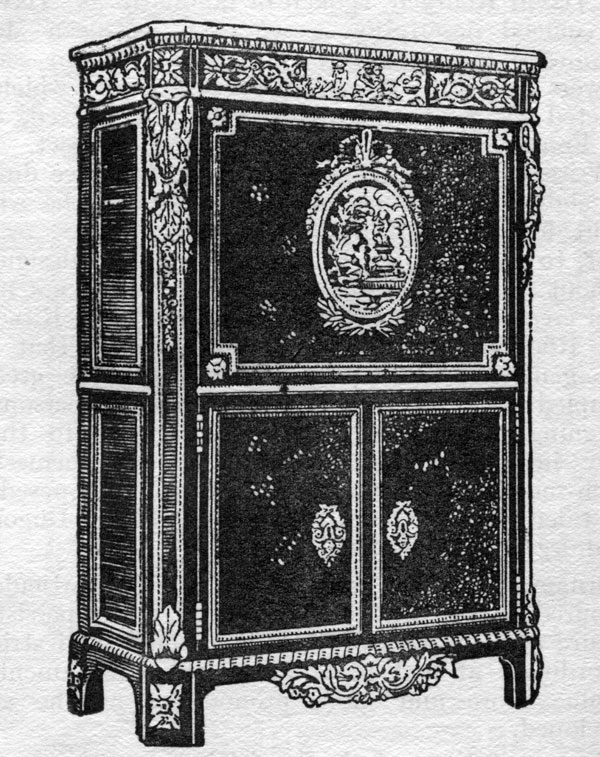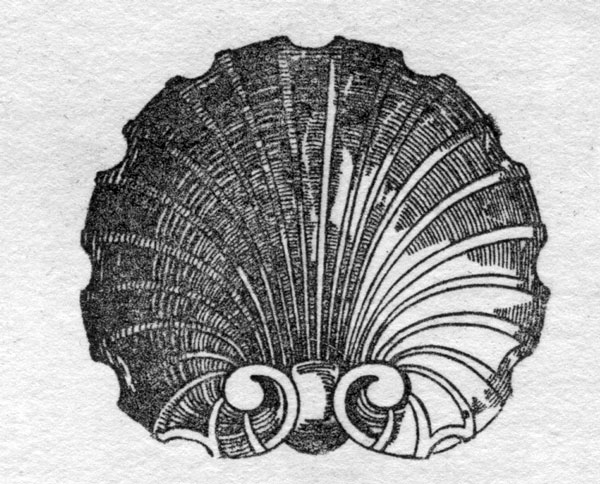We may receive a commission when you use our affiliate links. However, this does not impact our recommendations.
The following blog entry might seem snarky. I assure you it is not.
I’m interested in what impresses people when they view a piece of furniture. In fact, when a fellow woodworker shows off a piece of furniture, I observe the other people in the room as much as I observe the piece itself.
So here is a short list of things that seem to really impress.
Big Furniture
To me this is crazy, but people are always impressed by big honking pieces of furniture. There is something about contemplating an object that is bigger than you are. This is why elephants (otherwise uninteresting and ill-tempered mammals) get so much attention at the circus or zoo.
The funny thing about this fact is that bigger pieces of furniture get much less scrutiny than little pieces. My theory is that people have only so much scrutiny to spend on a piece. So if it’s a big piece, the maker can be sloppier and get away with it. Small pieces get away with nothing – zilch.
Figured Woods
People love highly figured or wildly colored woods. Just like making a big piece, making one with figured woods can distract the viewer from the joinery or the overall design. The wood carries the day.
A couple caveats: You can overdo it. And you have to be careful about who your audience is. Australians, for example, are not impressed by deep red woods – they have too many of those all around them. You aren’t going to impress a South American with purpleheart – they use that to build bridges.
Glossy Finish
A high shine impresses many people, even those who say they like understated things. There is something about a huge, shiny and red object that amazes us (think: sports car). Even if you don’t like shiny finishes, lots of people do.
Carving & Inlay
If you have these skills (or know someone who does) these elements always elicit praise and admiration from the peanut gallery. Like using figured woods, these elements can quickly be taken too far. But slapping an intarsia eagle in the middle of that drawer front is probably a good idea.
Bun Feet
When all else fails, put bun feet on the thing. I swear there was about a 10-year period where I had to bolt bun feet to almost everything I built for customers or family members. My theory is that most people don’t know much about the language of furniture – the words “plinth” or “ogee bracket feet” aren’t in their visual or verbal vocabulary.
But they know bun feet.
Oh, people dig ball-and-claw feet. See “Carving & Inlay” above.
Dovetails
Even machine-made dovetails say “this thing is well-made.” You might think that hand-cut dovetails look better, but most non-makers I know can’t tell the difference until someone explains it to them. Even then, many modern machine-made dovetails easily fool a non-maker.
What Doesn’t Impress
That’s my short list of things people like. In looking it over, I have to conclude that something is wrong with me because the things that I care about in furniture – proportion, harmony, texture and an almost receding presence in a room – almost never come up when people look at furniture.
But I guess that is why I make my own.
— Christopher Schwarz
Here are some supplies and tools we find essential in our everyday work around the shop. We may receive a commission from sales referred by our links; however, we have carefully selected these products for their usefulness and quality.













I think the visual vocabulary for most consumers today is that of industrialization. Shiny surface finish is certainly what automakers use to imply high quality. Consistently smooth and regular surfaces is what industry produces and what compels so many woodworkers to sand every last bit if exposed wood to 1000x. Handcraft has been normalized by the predominant standards.
I like to watch people as they view a piece of my furniture for the first time. Regardless, of the glitz and glitter a piece may or may not have, I look for one thing to know if I’ve at least met expectations. If they’ve got to walk over and touch it or pass their hand over it, I believe I’ve met the mark. Of course, I like to hear them say, “Wow” too! And if they say “Wow” and walk over and touch it, well…there you go. Thanks Chris for your excellent blog.
I love lamp.
I would suggest proportion, harmony and texture could all be present in an Ikea piece or as to a “receding presence in a room” does camouflage paint qualify? What about good stock selection, well executed workmanship and fine finish on a piece?
Have we seen your attempt at a Ball and Claw foot or an acanthus leaf carving ?
Just a note about the bench pictured at the bottom. The filename is listed as a ‘golfers bench’ which I think is someone’s joke. It really is called a ‘mourner’s bench’ and was a feature of churches in the revivalist tradition…(I know this because I’m a retired Baptist minister.) After the minister’s sermon, there was an ‘invitation’ to respond to the message. Those who were ‘under conviction’ of the Holy Spirit came down to the front and sat on this bench while ‘mourning’ (grieving) over their sins. When they had ‘prayed through’ (experienced forgiveness) they would give testimony to the assembly. Although this pictured bench is a New England design, quite a few small rural churches in the southern Appalachians still maintain this tradition, although many of them deplore the fact that the mourner’s bench doesn’t get as much use as formerly.
I can only speak for myself, but my work consistently gets noticed when.
I set it on fire 🙂
I agree. That’s a nice piece of writing.
I suppose a familiar audience has different eyes to those less coherent on a topic. I dislike shiny, too much ornamentation and (being Australian) don’t excited about red wood; unless it’s a bar-top with a schooner of beer on it.
However, I also am repulsed by mass produced “vintage”, “shabby chic” or “recycled” furniture – and none of those “styles” meet your criteria for what the general public find attractive.
Chris – Many of the things you like – proportion, harmony, texture, etc. – tend to be things that are more difficult to identify, and describe in a few words. I think that’s why you will hear things like “Nice dovetails!”, “That’s some sweet birds-eye maple”, or “It’s so smooth!” very often. What you won’t hear often are observations like “I like how you balanced the composition by adding the relief, to offset the weight of that strong figured walnut. It really draws your eye into the piece instead of getting lost in the grain.”
Most of the time, especially when talking to clients/customers, it’s phrases like “I don’t know what I like, but I’ll know it when I see it.”
This also ties back to your comments on tool reviews. People like checklists. Furniture must be good if it has features like:
– bun feet
– high gloss
– exotic lumber
– dovetails (I hear that’s important)
– etc., etc.
It’s much more difficult to describe a composition and the harmonies found within it, then to check things off a list.
You forgot molding and trim. My wife is more impressed by the trim than hand-cut dovetails on my small cherry tool chest. She says they and the brass handles are what makes it pretty. In fact I think she like it more than the curve front nightstands that I made with coopered frame and panel door and saber legs.
You’ve obviously never seen an elephant in the wild. Please curb your snark on topics you are ignorant about.